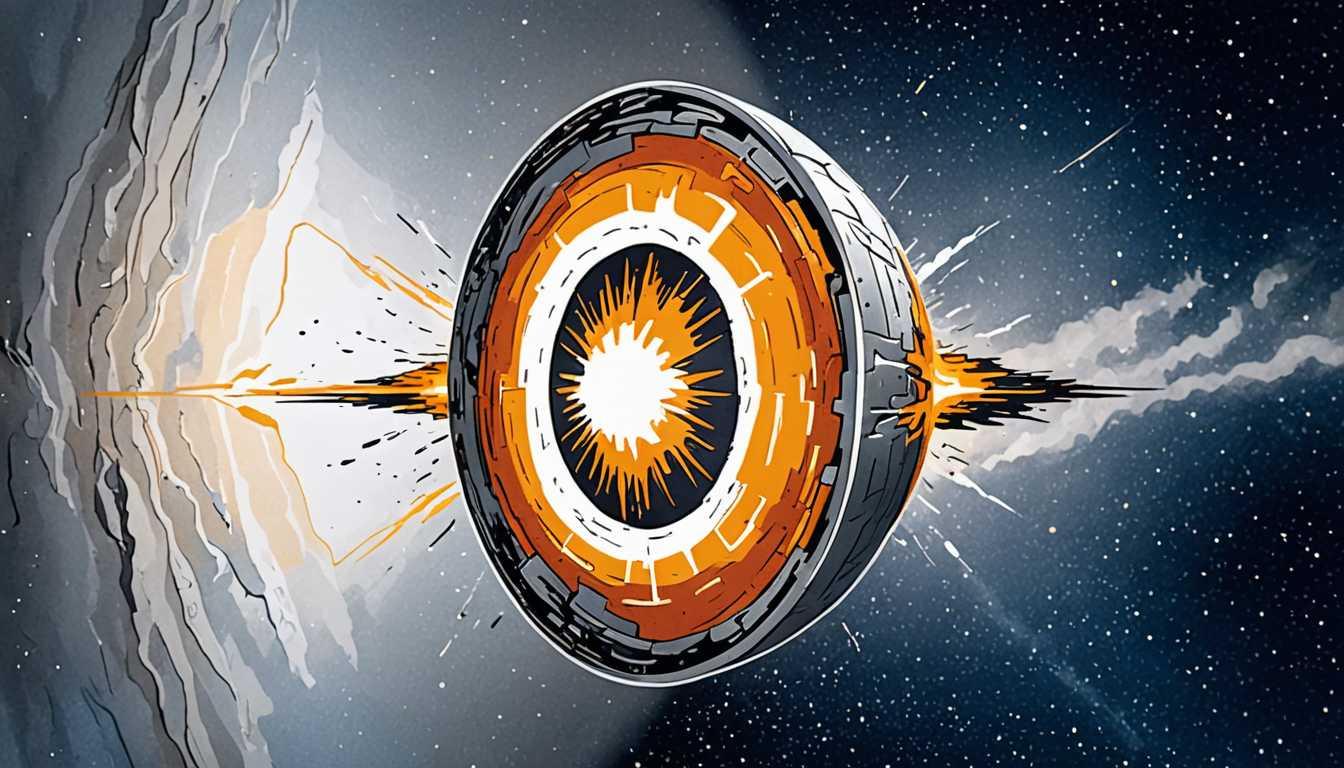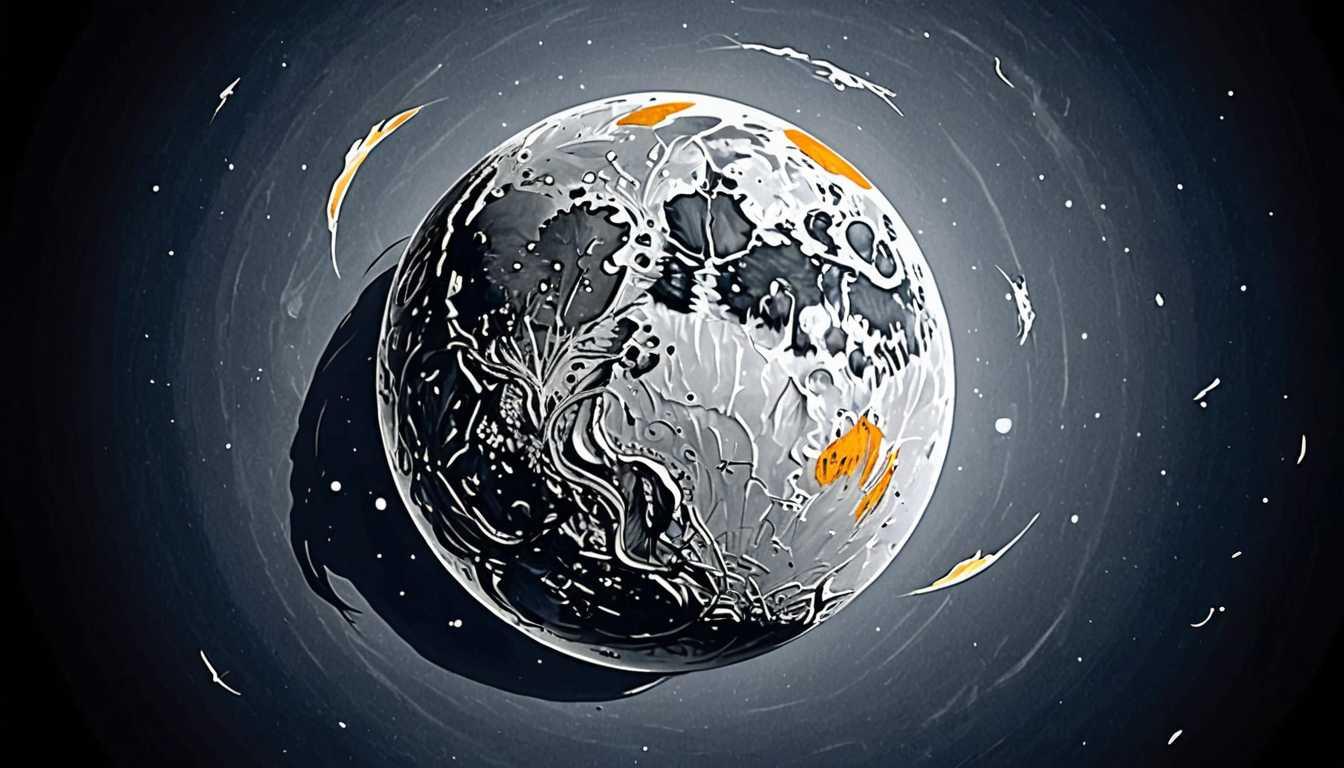Exploring Japan's Tsunami: A Deep Dive
January 2025
Cornell News Highlights
Introduction
Dive into the depths of the ocean with Cornell experts as they uncover tsunami mysteries! A team braved 7 kilometers of water to drill into the fault that caused Japan's 2011 earthquake. Equipped with high-tech sensors, they’re on a quest to learn how these massive shifts occur and how we can better prepare for future quakes. Think of it as an underwater adventure that rivals NASA missions! Check out this fascinating scoop from Cornell News Highlights!
READ FULL ARTICLEWhy It Matters
Discover how this topic shapes your world and future
Diving Deep into Earthquake Science
Understanding earthquakes is crucial not just for scientists but for everyone living in seismically active areas. The Tohoku earthquake in 2011 was a stark reminder of the power of nature, causing massive destruction and loss of life. Researchers are now drilling deep beneath the ocean to study the faults that caused this disaster, aiming to uncover the secrets of subduction zones—places where one tectonic plate slides beneath another. This groundbreaking work could help predict future earthquakes, potentially saving lives and reducing damage. By investigating how faults behave, scientists hope to improve safety measures and advance our understanding of the Earth's processes. This connects to you, as being informed about natural disasters can empower you to respond effectively and be part of community-based initiatives focused on disaster preparedness.
Speak like a Scholar
Subduction Zone
A region where one tectonic plate moves under another and sinks into the mantle, often causing earthquakes and volcanic activity.
Geophysical Logging
A method used to measure the physical properties of rocks and fluids in the earth, helping scientists understand geological formations.
Coring
The process of extracting cylindrical samples of soil or rock from the ground to study its composition and history.
Hydrology
The study of water movement, distribution, and quality in the environment, particularly in underground sources.
Fracture
A crack or break in rock where movement has occurred, often playing a significant role in how earthquakes happen.
Frictional Heating
The heat generated by the rubbing of two surfaces against each other, which can affect fault behavior during earthquakes.
Independent Research Ideas
The Impact of Earthquake Preparedness on Community Resilience
Investigate how effective disaster preparedness plans can influence community recovery after an earthquake. This topic is interesting because it combines social science with environmental studies, highlighting the importance of community planning.
The Role of Technology in Earthquake Prediction
Explore how advancements in technology, such as AI and remote sensing, are changing our ability to predict earthquakes. This could delve into various fields, including computer science and geophysics, making it an engaging interdisciplinary study.
Comparative Analysis of Global Subduction Zones
Compare and contrast different subduction zones around the world to understand their unique characteristics and earthquake risks. This research could reveal fascinating regional differences and enhance global knowledge about tectonic activity.
The Relationship Between Hydrology and Fault Movement
Investigate how water movement through fractures affects the behavior of faults during seismic events. This topic would combine geology and hydrology, offering insights into the complex interactions within the Earth.
Cultural and Economic Impacts of Major Earthquakes
Examine the social and economic effects of significant earthquakes on local populations, particularly in Japan. This study could shed light on the broader implications of natural disasters, making it a compelling exploration of human geography and disaster management.
Related Articles

Io's Eternal Volcanic Waltz
April 2024
California Institute of Technology

Inner Core Secrets: Not As Solid As Thought!
February 2025
Cornell News Highlights

Io’s Volcanic Secrets: New Telescope Images!
June 2024
UC Berkeley

Enceladus: Unveiling Cosmic Secrets
April 2024
California Institute of Technology

Baby Asteroid's Groundbreaking Age Discovery
April 2024
Cornell University